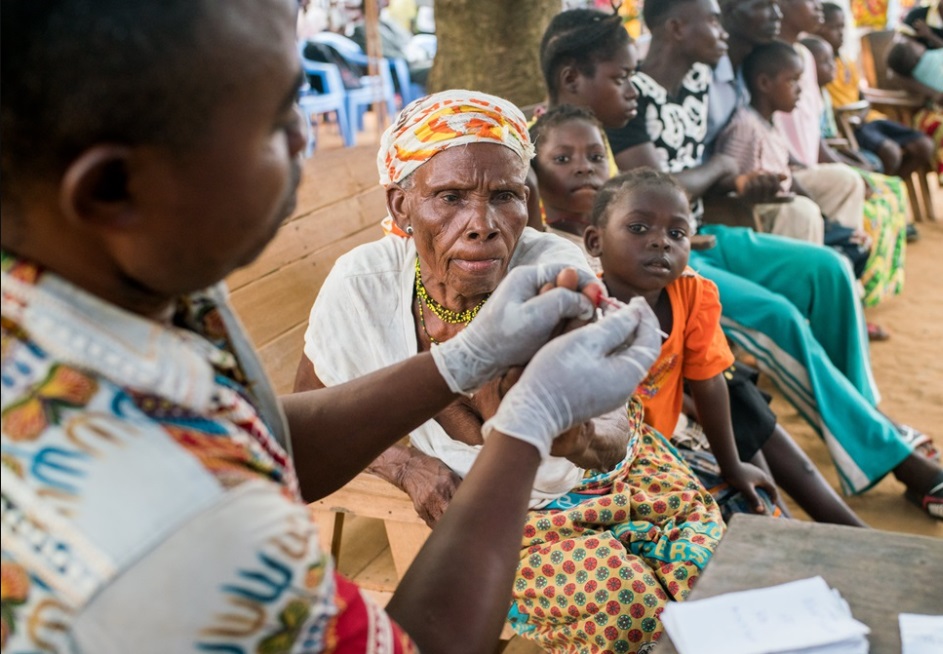
25 million Kenyans at risk of NTDs amid funding gaps, Amref warns
Over 10 million Kenyans require treatment for at least one Neglected Tropical Disease (NTD).
This is according to Amref Health Africa, which further reveals that 25 million Kenyans risk being affected by NTDs that pose a significant health burden, particularly among poor communities, despite ongoing efforts to eradicate them.
Kenya has reported 17 out of the 21 neglected diseases listed by the World Health Organization (WHO). The most prevalent include Soil-transmitted helminth (STH; intestinal worms or minyoo), Schistosomiasis (bilharzia), Lymphatic Filariasis (elephantiasis), Trachoma (bacterial eye infection), and Leishmaniasis (kala-azar).
The findings were shared during a media engagement organised by the Ministry of Health in collaboration with development partners.
Vincent Ouma, NTD Programme Lead at Amref Health Africa, expressed concern that despite significant efforts to eliminate NTDs through a two-pronged approach of treatment and prevention, inadequate funding is a major challenge, even as large populations continue to be affected.
“We have made significant progress in treatment through the rollout of mass drug administration, hydrocele surgeries, advocacy initiatives focused on behaviour change and granular mapping underway in 32 counties. However, we are still facing a financial gap of Ksh 81 million over the next five years,” he said.
The WHO Global Roadmap for Neglected Tropical Diseases 2021-2030 aims to reduce the number of people needing treatment for these diseases by 90 per cent and the disability associated with them by 75 per cent.
Hydrocele surgeries
So far, Amref and the Ministry of Health have conducted 500 hydrocele (swelling of the scrotum) surgeries, a condition which is endemic in the coastal region, with over 2000 reported cases.
“Our goal is to restore dignity by giving men the opportunity to reclaim their lives free from shame. However, there is a backlog of more than 2,000 cases, largely due to a lack of equipment, particularly surgical theatres,” Ouma states.
The Ministry, which is responsible for health policy, regulation, and implementation, has identified Water, Sanitation, and Hygiene (WASH) as a key risk factor in the spread of diseases noting that access to safe water remains limited at 49pc and 68pc in rural and urban areas respectively while 5.8 million Kenyans still practice open defecation.
To address this, the Ministry’s Vector-Borne and Neglected Tropical Diseases Unit has integrated WASH interventions into its strategies to accelerate the prevention and elimination of NTDs.
It further highlights the impact of these diseases, such as limiting productivity, keeping children out of school, preventing families and communities from thriving and causing social stigma and isolation.
“Although they are not a direct cause of mortality, they cause immense suffering and often life-long disabilities”, MoH warns.
QUICK FACTS
>NTDs are a group of parasitic and bacterial diseases affecting 1 billion people globally.
>They are largely preventable. Some spread because of poor water, sanitation and hygiene.
>They impair physical and cognitive development and account for more than 57 million Disability Adjusted Life Years (DALYs)
>Over 10 million Kenyans are affected by STH in 32 counties. 16.6 million are at risk
>9 million are infected with schistosomiasis in the lake region, Rift Valley, Central, Eastern and Northeastern.
>Lymphatic Filariasis (elephantiasis) is endemic in the coastal region
>Leishmaniasis (kala-azar), a life-threatening disease transmitted by sandflies, has affected 11 countries. It is fatal in over 95% of untreated cases.
>It is currently active in Wajir with at least 35 deaths reported and over 500 others infected.
>Snake bite was added to the WHO list of NTDs in 2017
